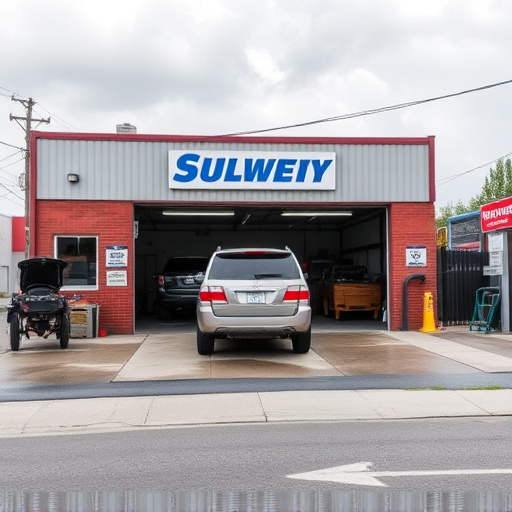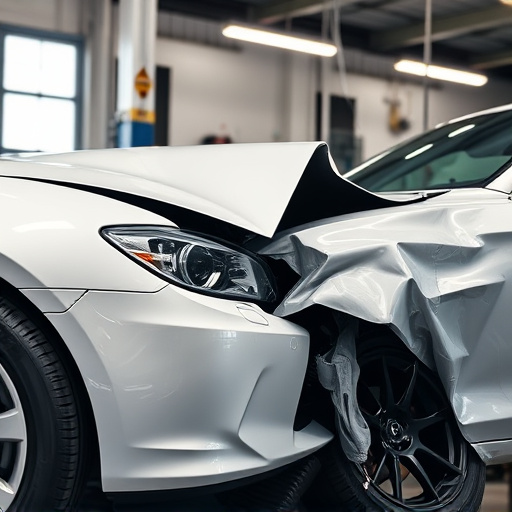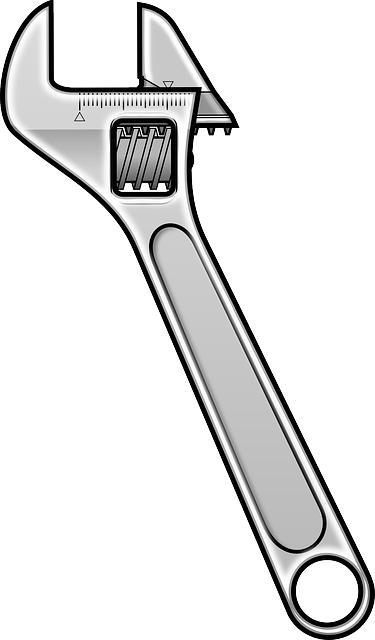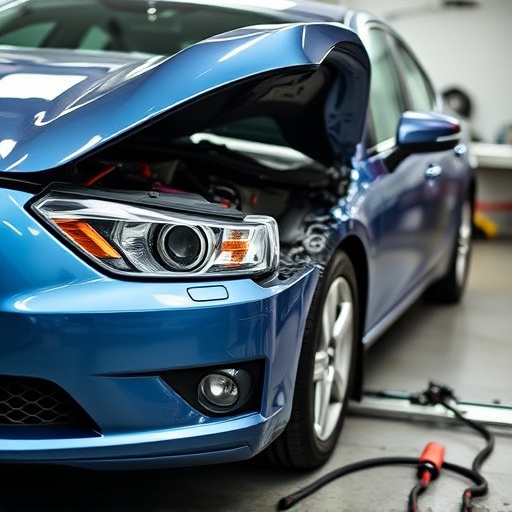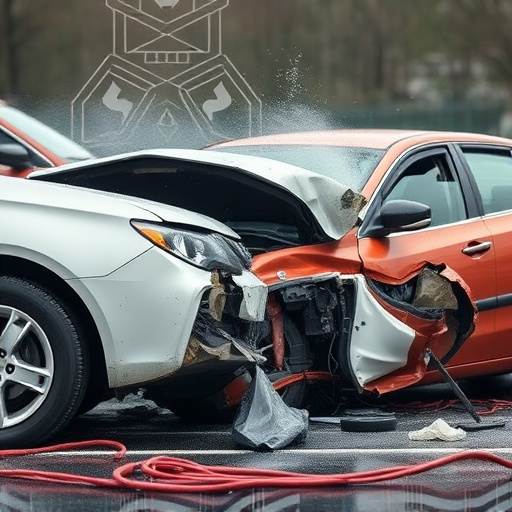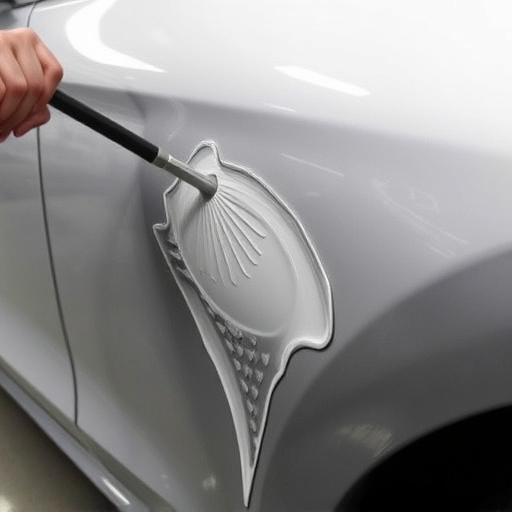Customer safety assurance is vital for auto repair businesses, focusing on preventing accidents and minimizing risks during service. Effective safety checklists, based on industry standards, guide mechanics through procedures, enhancing customer trust and satisfaction. Regularly updated checklists cover equipment maintenance, protocols, emergency response, and workplace safety, fostering continuous improvement and boosting customer confidence in safety practices.
In today’s competitive landscape, ensuring customer safety assurance is paramount for businesses. This comprehensive guide explores safety checklists as a powerful tool to achieve this goal. We delve into understanding the core principles of customer safety assurance, crafting robust and relevant safety checklists, and implementing these measures effectively. Additionally, we discuss regular review processes to ensure continuous improvement, thereby fostering trust and enhancing customer satisfaction.
- Understanding Customer Safety Assurance Goals
- Crafting Effective Safety Checklists
- Implementing and Reviewing Safety Measures
Understanding Customer Safety Assurance Goals

Customer Safety Assurance Goals are pivotal in ensuring that businesses, especially those offering critical services like car repair shops and automotive collision repairs, maintain a high standard of safety for their clients. These goals encompass various aspects such as preventing accidents, minimizing risks during service procedures, and ensuring a secure environment within the facility. For auto repair near me centers, this involves rigorous training for staff to handle vehicles safely, implementing robust equipment maintenance routines, and adhering to stringent industry standards.
Understanding these goals is essential for crafting effective safety checklists. These checklists serve as guides that help mechanics and technicians navigate complex tasks, ensuring no detail is overlooked. By systematically checking each item on the list, auto repair services can consistently deliver high-quality work, thereby enhancing customer satisfaction and trust in their abilities, especially when addressing issues related to automotive collision repair.
Crafting Effective Safety Checklists

Crafting effective safety checklists is a strategic process designed to uphold customer safety assurance goals. These checklists must be meticulously designed, incorporating relevant industry standards and best practices. They should cover every critical aspect of a customer’s journey, from initial vehicle drop-off to final pickup. This holistic approach ensures that potential hazards are proactively addressed at each stage, minimizing risks associated with autobody repairs or services provided in a collision center/collision repair shop.
A good safety checklist must be clear, concise, and easy to understand for all staff members involved. It should include specific tasks, expected outcomes, and responsible personnel. Regular updates and reviews are essential to keep the checklists current with evolving regulations and new service offerings. By adhering to these structured guidelines, collision repair shops can maintain a consistent level of safety, enhancing customer trust and satisfaction while effectively meeting their customer safety assurance objectives.
Implementing and Reviewing Safety Measures

Implementing safety measures is a proactive approach to customer safety assurance. It involves creating and executing checklists tailored to specific operations, such as tire services or auto repair near me facilities. These checklists should encompass a wide range of aspects, from equipment maintenance and usage protocols to emergency response procedures and workplace safety guidelines. Regularly updating these checks aligns with the dynamic nature of industry standards and best practices, ensuring that every process is optimized for safety.
Reviewing safety measures is an ongoing process integral to customer safety assurance goals. It requires a comprehensive evaluation of each checklist’s effectiveness, often facilitated by staff feedback and incident reports from the collision center. This iterative review ensures that any identified gaps are addressed promptly, enhancing overall safety performance. By integrating these steps into standard operating procedures, auto repair near me businesses can foster a culture of continuous improvement, ultimately bolstering customer confidence in their safety assurance practices.
Safety checklists are indispensable tools for achieving and maintaining robust customer safety assurance goals. By systematically outlining potential risks and necessary precautions, these checklists enable businesses to proactively identify and mitigate dangers, fostering a secure environment for their customers. Through regular implementation and review, organizations can continuously enhance their safety protocols, ensuring they remain effective and aligned with evolving standards. This proactive approach not only protects customers but also strengthens the overall credibility and reputation of the business.





